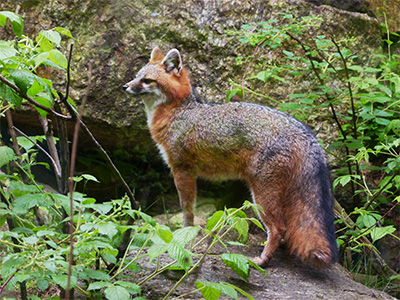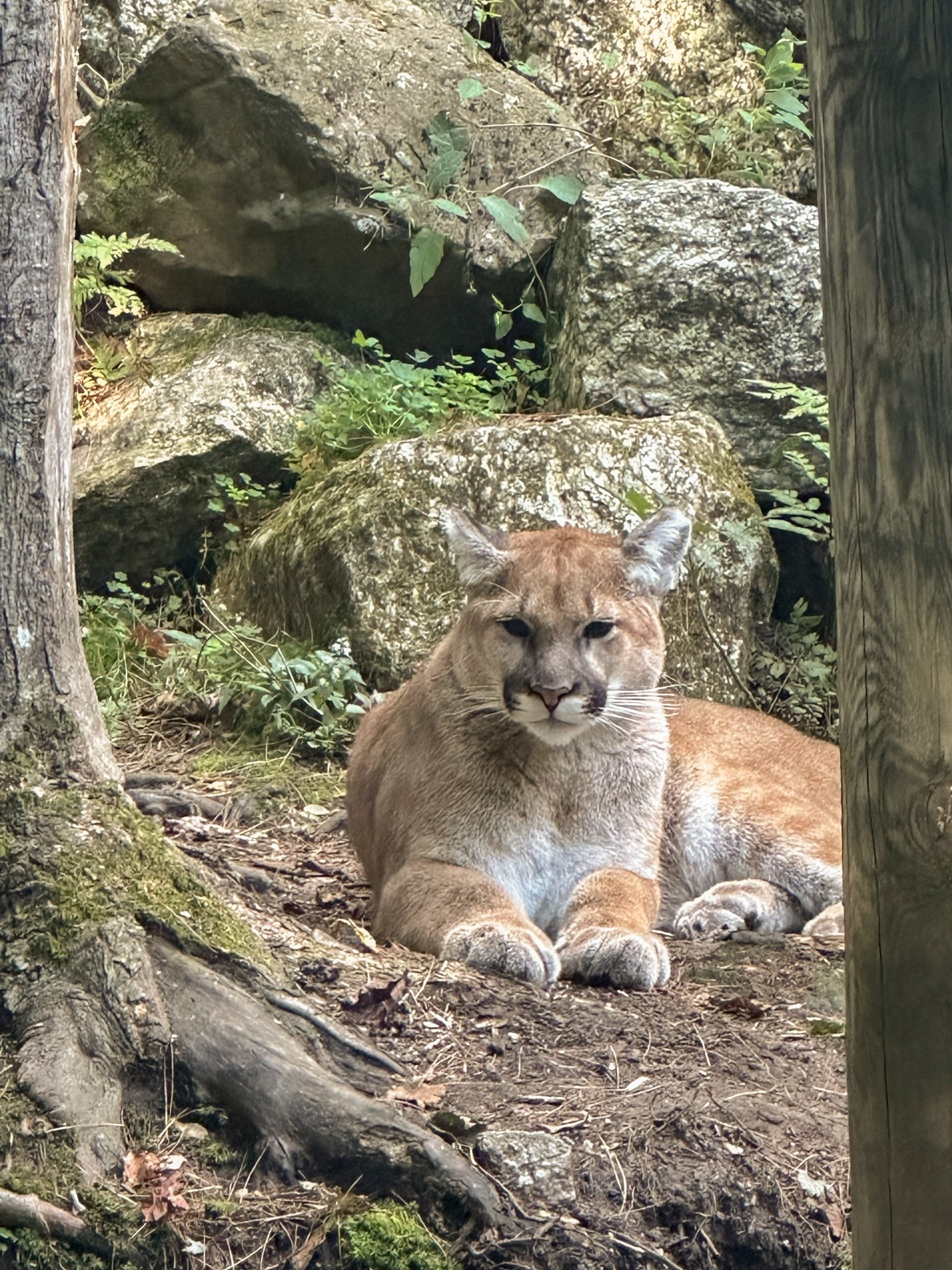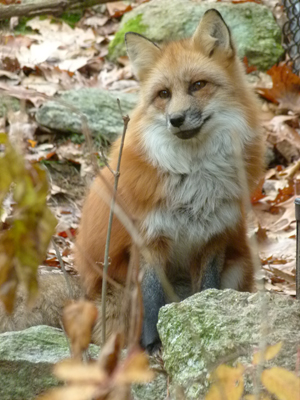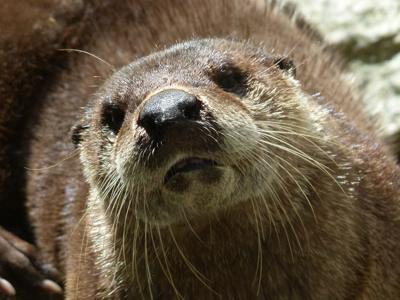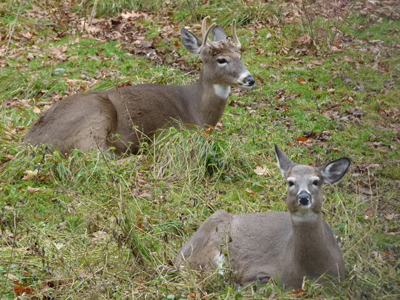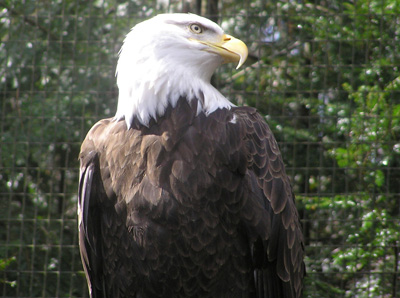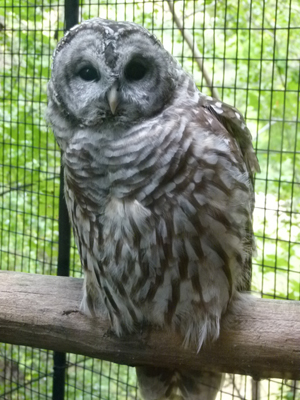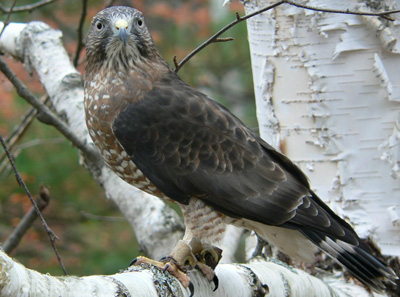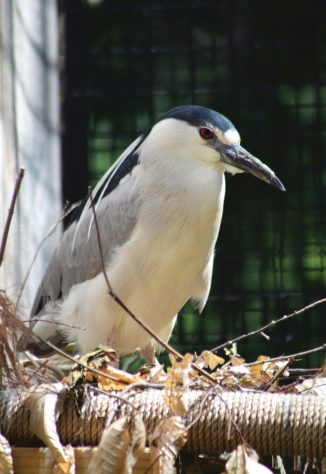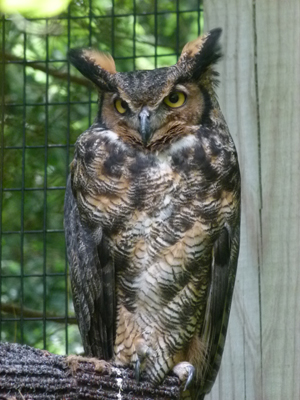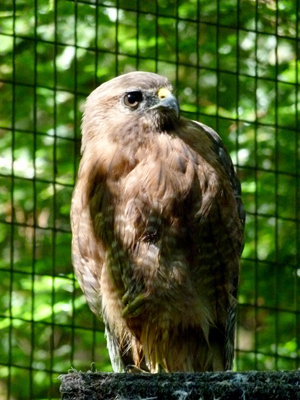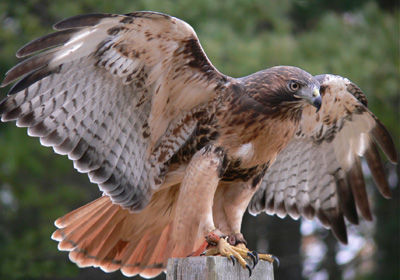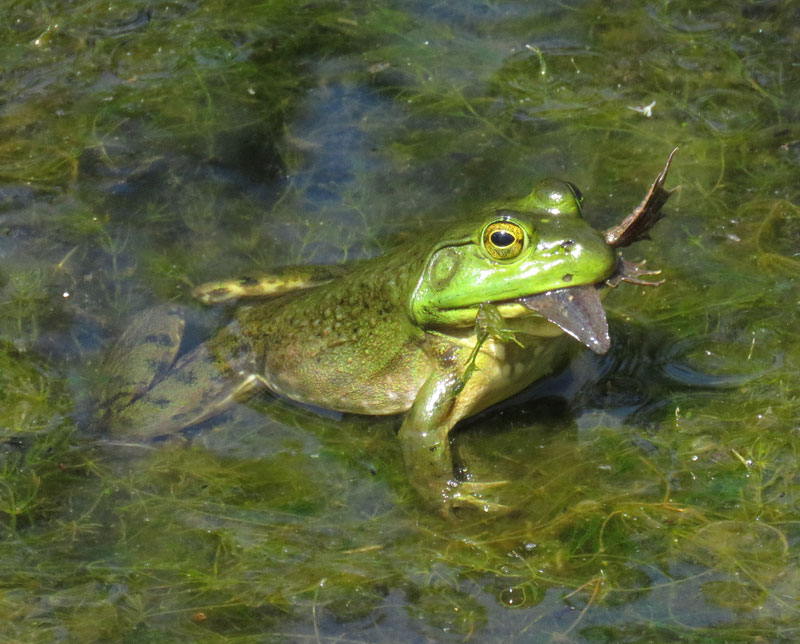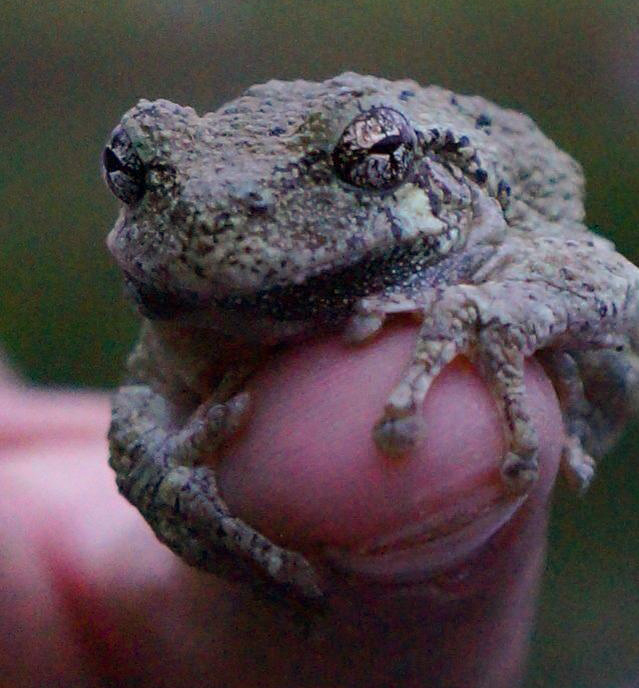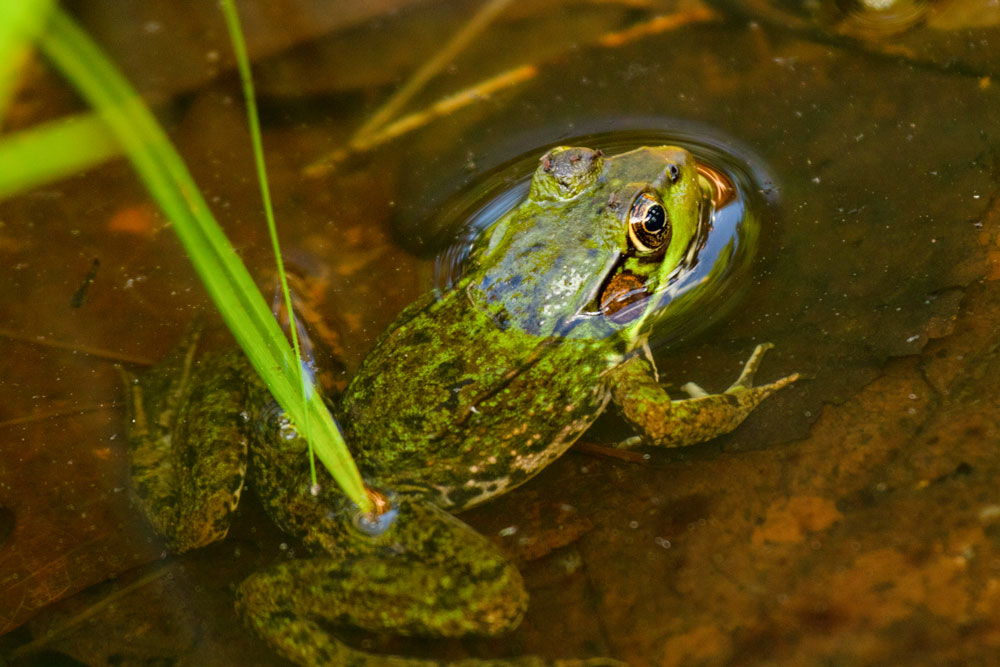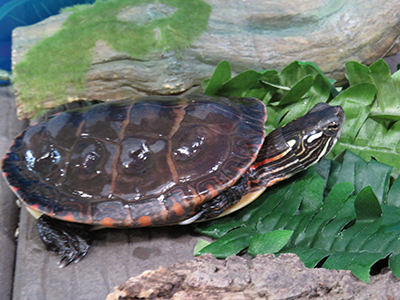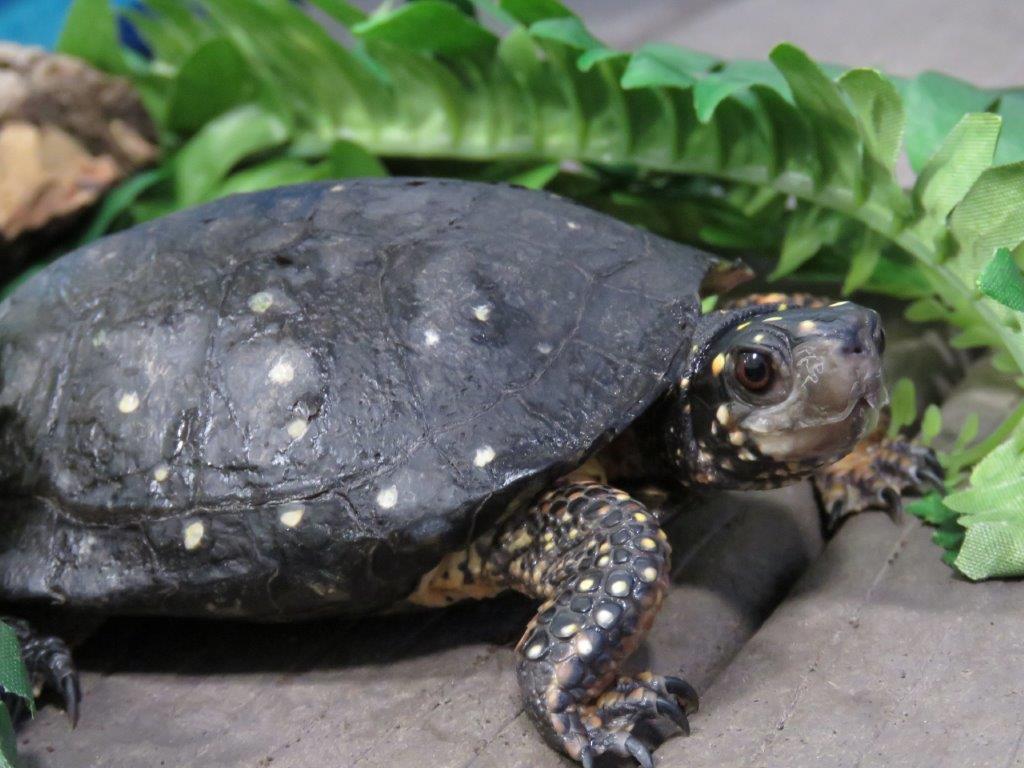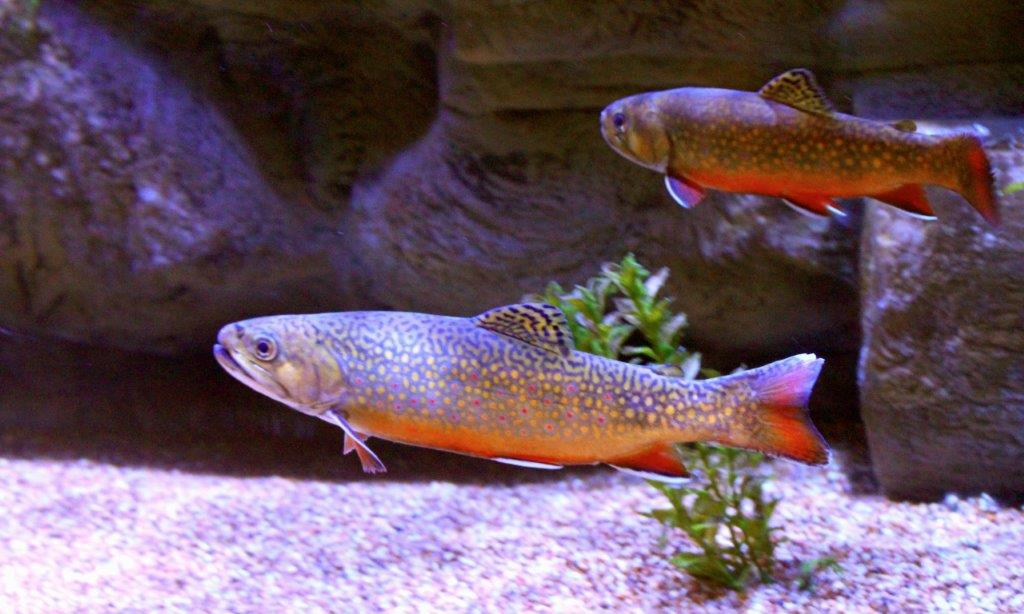American Mink
Neovison vison
| Kingdom | Animalia |
|---|---|
| Phylum | Chordata |
| Class | Mammalia |
| Order | carnivora |
| Family | Mustelidae |
| Genus | Neovison |
| Species | N. vison |
| Lifespan | typically up to 10 years in the wild |
| Size | 1.3 to 2.2 pounds, and 20 to 24 inches long not including the tail, which can be up to 9 inches long |
| Offspring | average of four kits |
| Status | Species of Least Concern |
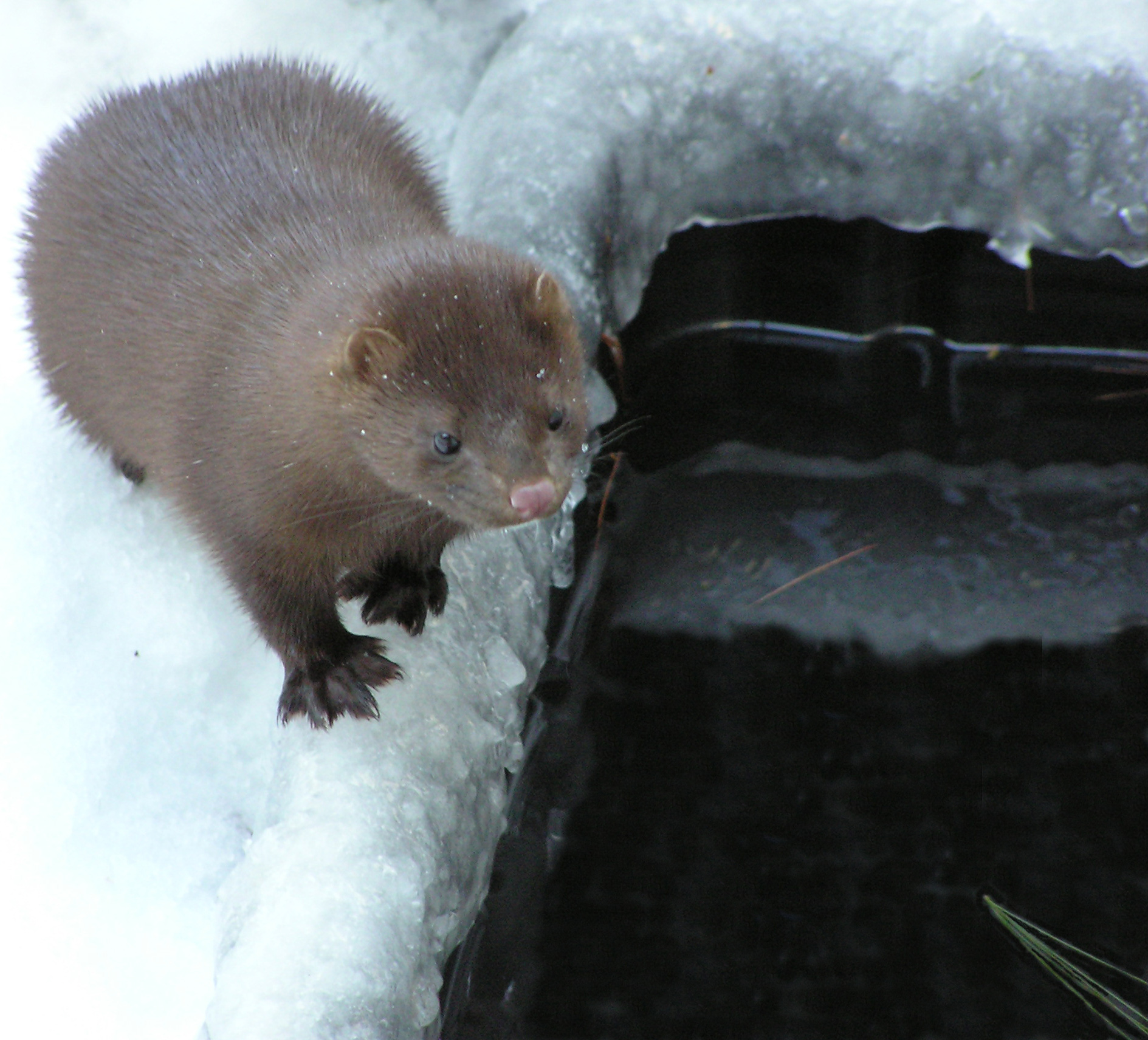
About American Mink
What do American mink look like and what animals are their relatives?
Mink are semi-aquatic mammals belonging to the same family as weasels, otters, and ferrets. They are usually dark-colored, but their fur can range from white to almost black. American mink have thin, long bodies with relatively thick tails that help them balance and swim in water. They have a small face, which closely resembles that of a weasel. The only other extant (existing) mink species in addition to the American mink is the European mink, which is smaller than its American counterpart.
What kind of habitat do American mink favor?
American mink tend to live along stretches of river banks or the edges of lakes or marshes. Mink are territorial creatures and their territories are often miles wide. Males will not tolerate another male in their territory, but are often more tolerant of females. Sometimes, female territories overlap with that of male mink or even completely reside within it. American mink territories consist of one or two core areas where the animal spends most of its time hunting and feeding. The American mink range extends from the southern tip of Florida to the northernmost point of Alaska.
What do American mink eat?
American mink are carnivores, meaning they prey on live animals. In the wild, mink primarily eat fish and other aquatic life, as well as small mammals, birds, and eggs. Occasionally, adult mink may prey on young mink.
Mink raised on farms typically rely on a different diet, consistening of expired cheese, eggs, fish, meat, poultry, slaughterhouse by-products, dog food, turkey livers, and prepared commercial foods.
Fun Facts!
- American mink are primarily used by humans for their fur. For centuries, coats, jackets, and other garments have been manufactured with mink fur, which is considered a sign of wealth. Today mink are commercially farmed for this purpose. Since the 19th century, farmers have bred American mink for their fur. Scientists and conservationists are growing increasingly concerned about the suspected effects of escaped mink from fur farms on wild mink populations. Due to minks' territorial nature, weaker mink are often driven from their territories in times of overpopulation, such as occur at many fur farms. The repurcussions of introducing weaker mink genes into the wild mink populations are raising concern.
- American mink fur is specially adapted for a semi-aquatic lifestyle across a large range of climates. In the winter, the mink's fur is dense, long, soft, and more closely fitting than in the summer. This provides thermal insulation neeeded in cold temperatures. The mink's undercoat is also designed to provide insulation, while its outer layer consists of oily guard hairs providing water-resistance.
- Mink are preyed upon by Great Horned Owls, bobcats, and foxes. However, American mink are most often killed due to human activitiy. They are trapped to control fish populations at fish hatcheries and for their fur (but more commonly farmed), and hit by cars.





